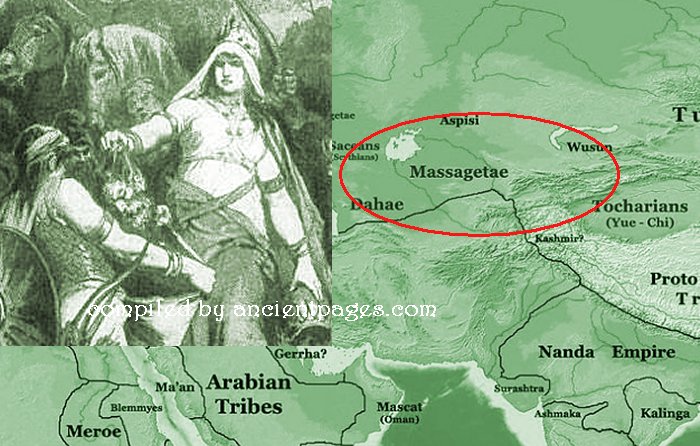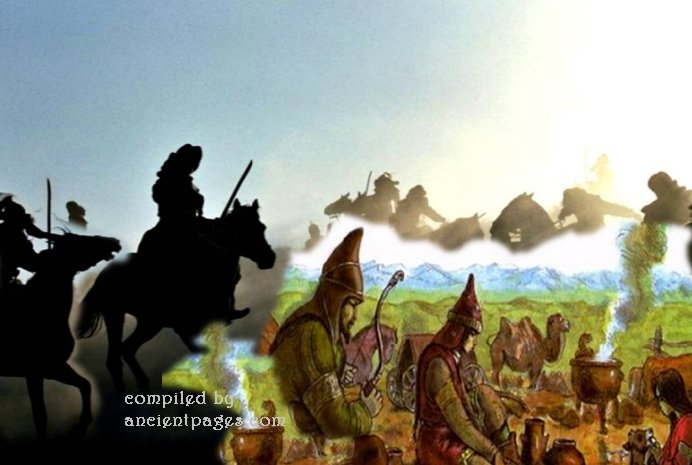Massagetae Tribe And Its Queen Tomyris Whose Victory Over Cyrus The Great Became A Legend
A. Sutherland - AncientPages.com - In his great work "Histories," Herodotus mentions an interesting historical event in 529 BC when Cyrus the Great II, the Elder (about 590 - 529 BC) - King of Persia from the Achaemenid dynasty - died.
From the records of Herodotus, the Massagetae crashed a vast army of Persians, then they captured the king himself, put him to death, and publicly humiliated him.
How did the pathetic incident for the ruler of Persia, Cyrus the Great happen?
It turns out that Cyrus II was continuously victorious until he attacked the Massagetae people, who, under Queen Tomyris, quickly ended the life story of this great historical figure.
Who Were These Extraordinary, Brave Massageteans?
The Massagetae (or Massageteans) is a shared name used by ancient sources to describe the Central Asian nomadic and semi-nomadic tribes in the descriptions of the Scythians. Under the name of the Scythians, there are most likely included many related tribes.
The most numerous of them were the Massagetae, whose Herodotus described in "The Histories."
"The people of this is [union of Massagetae] are numerous and warlike, live in the east on the other side of the river Arax (apparently, the Syr Darya )... For clothing and lifestyle massagets - like the Scythians. They fought on horseback and foot. Know both methods of war, fighting with bows and spears, and usually armed with axes.
All their items out of their gold and copper... they do not sow, feeding pets and fish, which deliver them in abundance Arax River. Milk is what they chiefly drink …The only god they worship is the sun."
The Massagetae inhabited the steppes of Central Asia, northeast of the Caspian Sea in modern Turkmenistan, western Uzbekistan, and southern Kazakhstan.
Their original language is still little-known, but it is assumed they spoke one of the Iranian languages. As to the origin of the Massageteans, there has been much debate among scholars, and numerous hypotheses exist about their identity and ethnic background.
Some have identified them with the Getae, a Thracian tribe inhabiting the Black Sea region of ancient Eastern Europe. Others linked them with the Gutians (or Guteans), a nomadic tribe from the northern and central ranges of the Zagros Mountains (now Iran) during ancient times. By many, the Massagetae are considered to be a Scythian race.
However, all these theories are not widely accepted.
Massagetae – Strong Nation Of Skilled Warriors
The Massagetae were said to be a great, strong, and warlike nation. When Cyrus, whose reign lasted about thirty years, had achieved the conquest of the Babylonians, he simply wanted more. He focused on campaigns in the east.
He did not want to start a risky or daring journey to Egypt.) He led a new expedition, which resulted in effective campaigns to subdue the provinces of Central Asia. Finally, he had to confront the Massagetae and bring them under his mighty dominion.
Herodotus writes, "Cyrus advanced a day's journey into Massagetan territory from the Araxes..."
Cyrus laid a trap by leaving his camp vulnerable, "leaving the worthless portion of his army in the camp, drew off with his good troops towards the river.
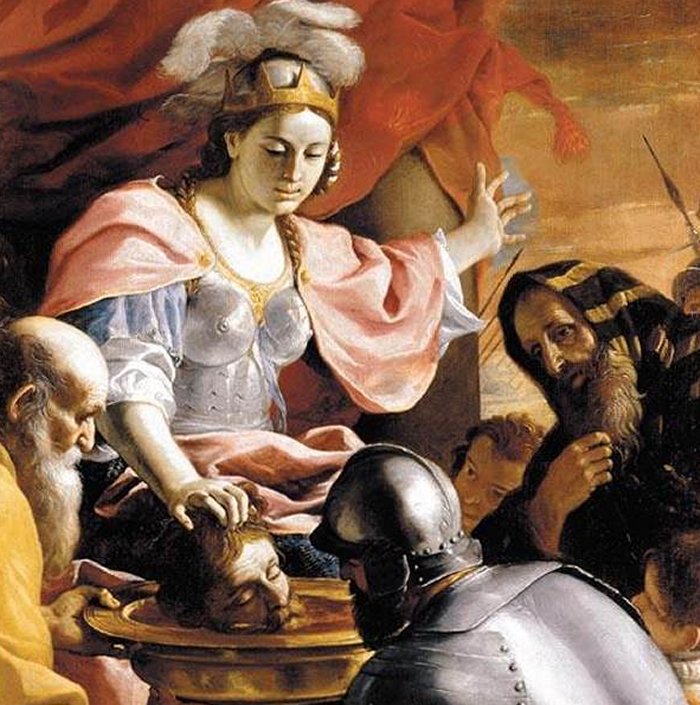 Queen Tomyris of the Massagetae receiving the head of Cyrus the Great. 1670-1672 painting. source
Queen Tomyris of the Massagetae receiving the head of Cyrus the Great. 1670-1672 painting. source
Soon afterward, a detachment of the Massagetai, one-third of their entire army, led by Spargapises, son of the queen Tomyris, coming up, fell upon the body which had been left behind by Cyrus and on their resistance put them to the sword. Then, seeing the banquet prepared, they sat down and began to feast. When they had eaten and drunk their fill and were now sunk in sleep, the Persians under Cyrus arrived."
Many of the Massagetae were killed, but even more taken prisoner, including Queen Tomyris's son, who was the commander of the army and whose name was Spargapises." ("Histories," 1.211)
During a short period of imprisonment, Spargapises realized his army's and his own careless mistakes. He begged Cyrus for freedom, and he was granted it. Once free, Spargapises committed suicide, perhaps in shame, humiliation, or to avoid capture.
Spargapises' mother, Tomyris, was furious; she gathered all her forces and engaged Cyrus in battle. It was strenuous and prolonged fighting. The Massagetae destroyed Cyrus' army and killed the Persian king.
On the other hand, in 'Stratagems in War,' Polyenus, a 2nd-century AD Macedonian author, writes:
"When Cyrus advanced against the Massagetae, Tomyris, their queen, retreated before him. The Persian army, closely pursuing her, entered and plundered her camp. There, they found a great quantity of wine and all sorts of provisions, on which they indulged immoderately, reveling throughout the night as if they had obtained a victory. In that situation, Tomyris attacked them and cut them to pieces, while they were partly buried in sleep, and partly so drenched with wine, and surfeited with banqueting, that they could scarcely stand upright; and Cyrus himself was slain..."
Written by – A. Sutherland - AncientPages.com Senior Staff Writer
Updated on September 6, 2024
Copyright © AncientPages.com All rights reserved. This material may not be published, broadcast, rewritten or redistributed in whole or part without the express written permission of AncientPages.com
Expand for referencesMore From Ancient Pages
-
 Rare 3,000-Year-Old Weavings Discovered In Alaska
Archaeology | Sep 4, 2023
Rare 3,000-Year-Old Weavings Discovered In Alaska
Archaeology | Sep 4, 2023 -
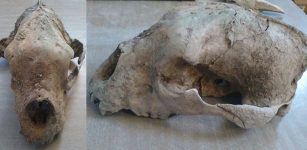 Skull And Jaw Of Giant Bear Of The Late Pleistocene Found In Buenos Aires
Archaeology | Mar 15, 2018
Skull And Jaw Of Giant Bear Of The Late Pleistocene Found In Buenos Aires
Archaeology | Mar 15, 2018 -
 Okanagan Indians’ Myth Of A Lost Island Paradise Inhabited By White Giants – Are Their Descendants Living In British Columbia?
Featured Stories | Dec 29, 2020
Okanagan Indians’ Myth Of A Lost Island Paradise Inhabited By White Giants – Are Their Descendants Living In British Columbia?
Featured Stories | Dec 29, 2020 -
 On This Day In History: Britain’s Greatest War-Time Leader Winston Churchill Died In London – On Jan 24, 1965
News | Jan 24, 2017
On This Day In History: Britain’s Greatest War-Time Leader Winston Churchill Died In London – On Jan 24, 1965
News | Jan 24, 2017 -
 Pre-Columbian Americans Mastered Electricity – Ancient Inscription And Document Reveal Proof Of Advanced Ancient Technology
Ancient Technology | Feb 4, 2018
Pre-Columbian Americans Mastered Electricity – Ancient Inscription And Document Reveal Proof Of Advanced Ancient Technology
Ancient Technology | Feb 4, 2018 -
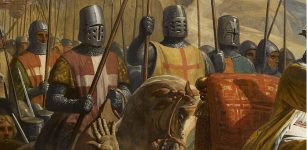 Norman Dominance Of Europe Inspired First Crusades In The Holy Land – New Book Claims
History | Sep 8, 2022
Norman Dominance Of Europe Inspired First Crusades In The Holy Land – New Book Claims
History | Sep 8, 2022 -
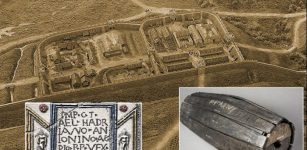 Antonine Wall: Impressive Roman Frontier Built By Empire’s Three Legions In Scotland
Civilizations | Jan 18, 2018
Antonine Wall: Impressive Roman Frontier Built By Empire’s Three Legions In Scotland
Civilizations | Jan 18, 2018 -
 14th Century Murals With ‘Warrior Saints’ Found In Church Of Ancient City Cherven In Bulgaria
Archaeology | Apr 10, 2020
14th Century Murals With ‘Warrior Saints’ Found In Church Of Ancient City Cherven In Bulgaria
Archaeology | Apr 10, 2020 -
 Is Mysterious And Powerful Vajra One Of The Most Dangerous Weapons Of The Gods?
Featured Stories | Nov 17, 2014
Is Mysterious And Powerful Vajra One Of The Most Dangerous Weapons Of The Gods?
Featured Stories | Nov 17, 2014 -
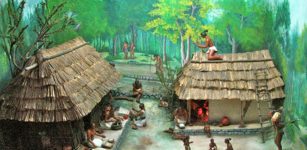 Daily Life Of Ancient Maya
Ancient History Facts | Oct 12, 2020
Daily Life Of Ancient Maya
Ancient History Facts | Oct 12, 2020 -
 Traces Of Ancient Maya In Europe? Controversial Theory Examined
Civilizations | May 25, 2018
Traces Of Ancient Maya In Europe? Controversial Theory Examined
Civilizations | May 25, 2018 -
 Non-Tobacco Plant Identified In Ancient Pipe Using New Technology
Archaeology | Jun 30, 2020
Non-Tobacco Plant Identified In Ancient Pipe Using New Technology
Archaeology | Jun 30, 2020 -
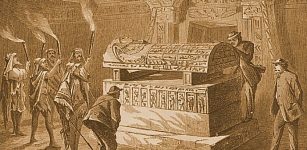 Before The Pharaohs: The Evidence For Advanced Civilization In Egypt’s Mysterious Prehistory
Civilizations | Apr 14, 2017
Before The Pharaohs: The Evidence For Advanced Civilization In Egypt’s Mysterious Prehistory
Civilizations | Apr 14, 2017 -
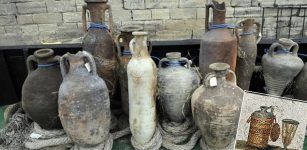 Posca: ‘Wine Of The People’ Was Popular In Ancient Rome And Greece
Ancient History Facts | Sep 26, 2018
Posca: ‘Wine Of The People’ Was Popular In Ancient Rome And Greece
Ancient History Facts | Sep 26, 2018 -
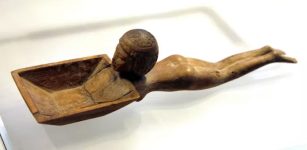 Intriguing And Suprising Ancient History Of Swimming That Started Over 100,000 Years Ago
Featured Stories | Dec 28, 2022
Intriguing And Suprising Ancient History Of Swimming That Started Over 100,000 Years Ago
Featured Stories | Dec 28, 2022 -
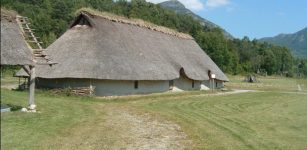 How Early Farmers In Scandinavia Overcame Climate Change
Archaeology | Dec 19, 2023
How Early Farmers In Scandinavia Overcame Climate Change
Archaeology | Dec 19, 2023 -
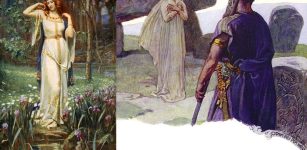 Unusual Power Of Seidr: Norse Shamans Used Magic To Alter Destiny And See The Future
Featured Stories | Oct 14, 2017
Unusual Power Of Seidr: Norse Shamans Used Magic To Alter Destiny And See The Future
Featured Stories | Oct 14, 2017 -
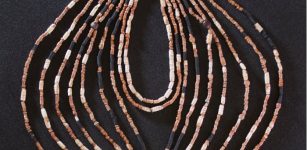 Beautiful Neolithic Ornate Necklace With Over 2,500 Stones Found In A Child’s Grave
Archaeology | Aug 2, 2023
Beautiful Neolithic Ornate Necklace With Over 2,500 Stones Found In A Child’s Grave
Archaeology | Aug 2, 2023 -
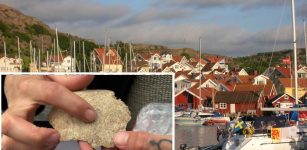 Man In Sweden Finds Viking Age Skeleton In His Garden
Archaeology | Jun 30, 2023
Man In Sweden Finds Viking Age Skeleton In His Garden
Archaeology | Jun 30, 2023 -
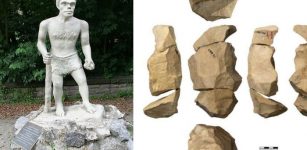 Neanderthals In Swabian Jura Used Complex Tool-Making Techniques 45,000 Years Ago
Archaeology | Sep 8, 2021
Neanderthals In Swabian Jura Used Complex Tool-Making Techniques 45,000 Years Ago
Archaeology | Sep 8, 2021

